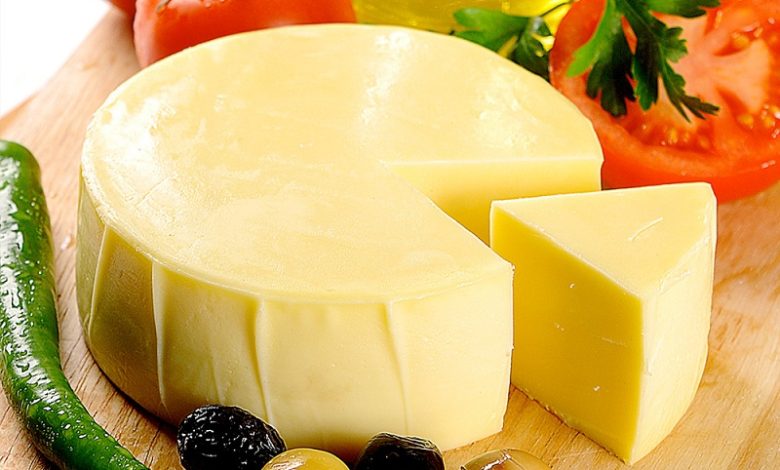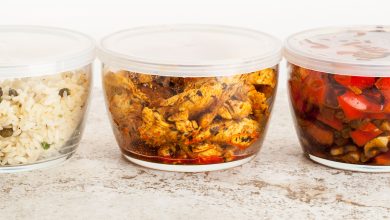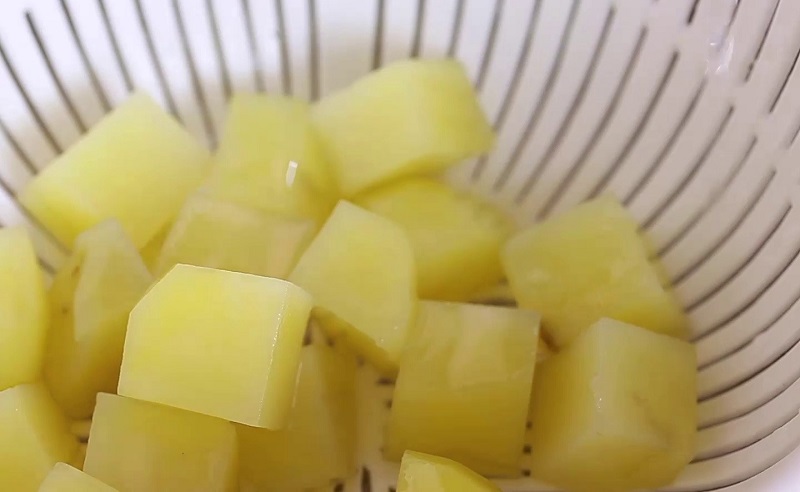
Kasseri cheese is a popular Greek cheese that has found its way into homes in many cities around the world. Due to its simplicity and the subtlety of its flavor, it is widely used on a daily basis. It is not cheese with a marked personality, but whoever tastes it enjoys it and will undoubtedly choose it again. It is interesting to take advantage of its sophisticated texture and delicate flavor to prepare Greek recipes. These are usually very easy to make and allow you to get closer to another culture and new flavors.
HISTORY OF KASSERI CHEESE
Kasseri cheese is a traditional cheese from Greece. It is originally made from unpasteurized sheep’s milk.
It began to be produced in the 19th century and in 1996 it obtained the European PDO : Protected Designation of Origin. The PDO was created by the European Community to protect the centuries-old tradition and experience in cheese making.
Today it is a popular cheese, commonly used in Greece, Turkey and in various countries that import it.
In the United States, Kasseri cheeses are made from cow’s milk. Both this and the original version are commonly used in this country.
DESCRIPTION OF KASSERI CHEESE
Kasseri cheese is made from sheep’s milk. This must represent at least 80% of the total milk used. The rest of the milk corresponds to goat’s milk. The prominence of sheep’s milk gives it a sweet aftertaste. Interestingly, it initially has a salty taste.
Original Kasseri cheese
Kasseri cheese owes its texture to its production method; it is like that of a young Kefalotiri dipping into a hot brine. In this way, its characteristic flexible and elastic texture and an intense salty flavor are obtained.
It is a pasta filata, without a crust. Its maturation time must be at least 3 months to achieve the correct consistency and flavor.
It is a cheese that feels a bit dry on the palate, so it is usually accompanied by other moister ingredients or drinks.
BEST COMBINATIONS FOR KASSERI CHEESE
In Greece Kasseri cheese is widely used; The use given to it is equivalent to that given to mozzarella cheese in Argentina.
It is widely used in gratins, melted, or various hot preparations thanks to its easily melting elastic consistency.
In cold preparations, such as sandwiches, its use is also suitable, although less frequent in Argentina. In short, it is a table cheese, that is to say: suitable for daily use and countless preparations.
It usually accompanies cheese boards, providing a diversity of flavor thanks to its slightly sweet flavor. It is precise because of its characteristic sweet aftertaste that it also accompanies pastry products, although it is not usually its most frequent use.
Kasseri cheese is the main ingredient in Saganaki. It is a traditional Greek dish; Kefalotyri cheese is also often used. In both cases, the cheese is fried in olive oil, and lemon may be added. In Greece it is widely consumed together with salads, creating a quick and delicious lunch or dinner.
Kaseropita is another popular Greek preparation in which Kasseri cheese is the protagonist. It consists of a delicious cheesecake that is worth trying.
As for the ideal drink to accompany Kasseri cheese, mention should be made of modern white wines, such as Sauvignon Blanc or Chardonnay. Learn more about cheese and wine pairing.
THE KASSERI CHEESE BOARD
- Made with unpasteurized goat and sheep milk
- Country of origin: Greece
- Family: pasta filata
- Type: semi-hard
- Fat content: 25-45%
- Texture: chewy, firm, and elastic
- Rind: no rind
- Colour: pale yellow
- Taste: salty, sweet
- Scent: spicy
- Vegetarian: no
- Producers: CHRISTAKIS, Greek cheeses
- Alternate Spelling: Kaser, Kasar
NUTRITIONAL INFORMATION
- Fat: 25-45%
- Protein content: 8g per serving (33g)
- High sodium content due to its mode of production.






